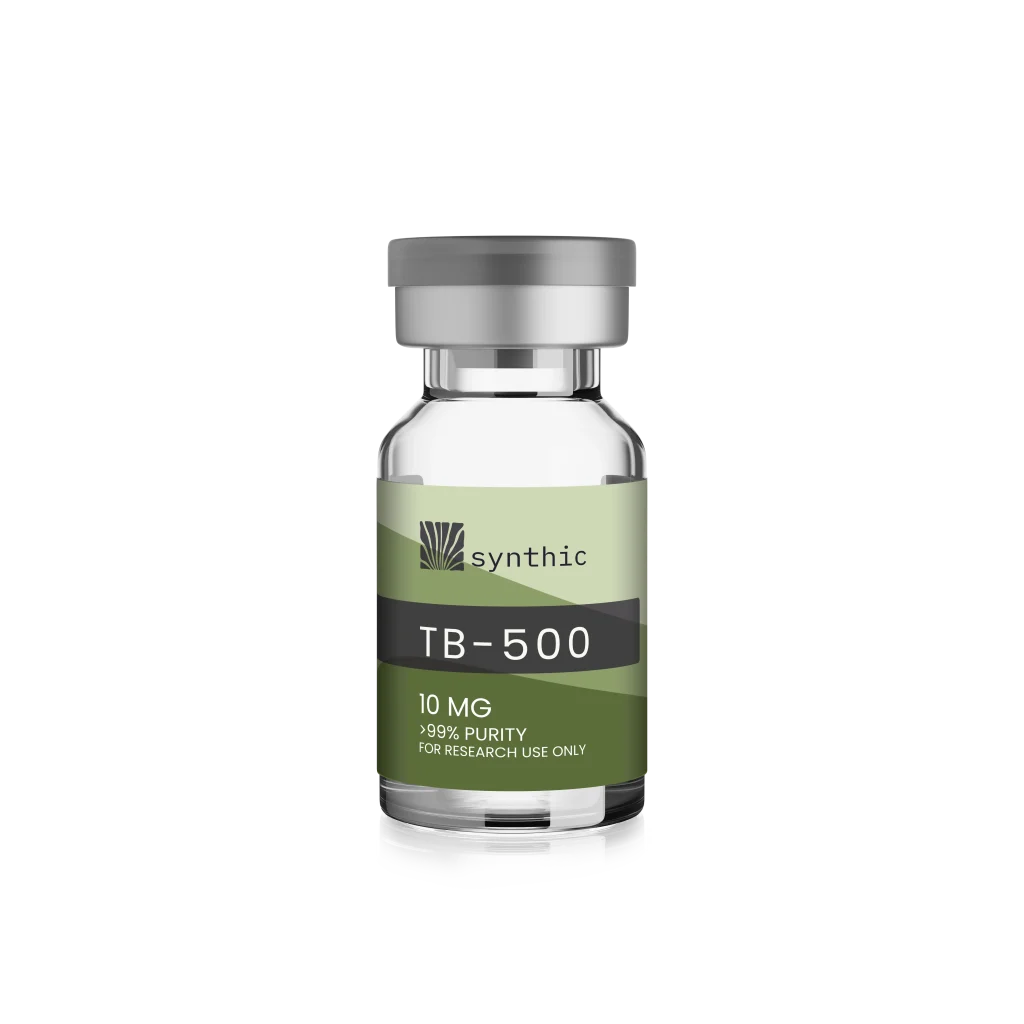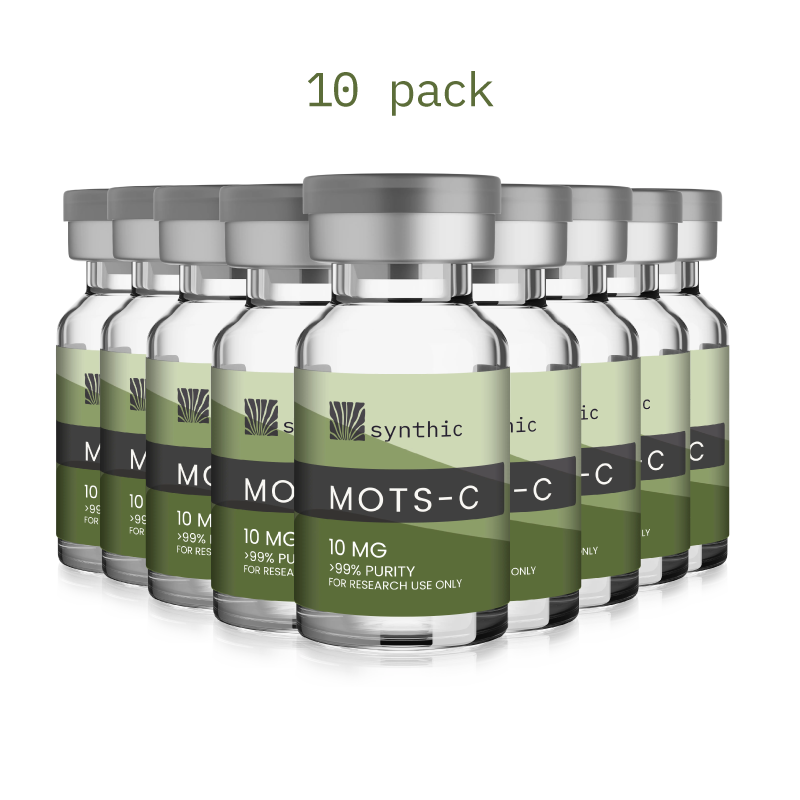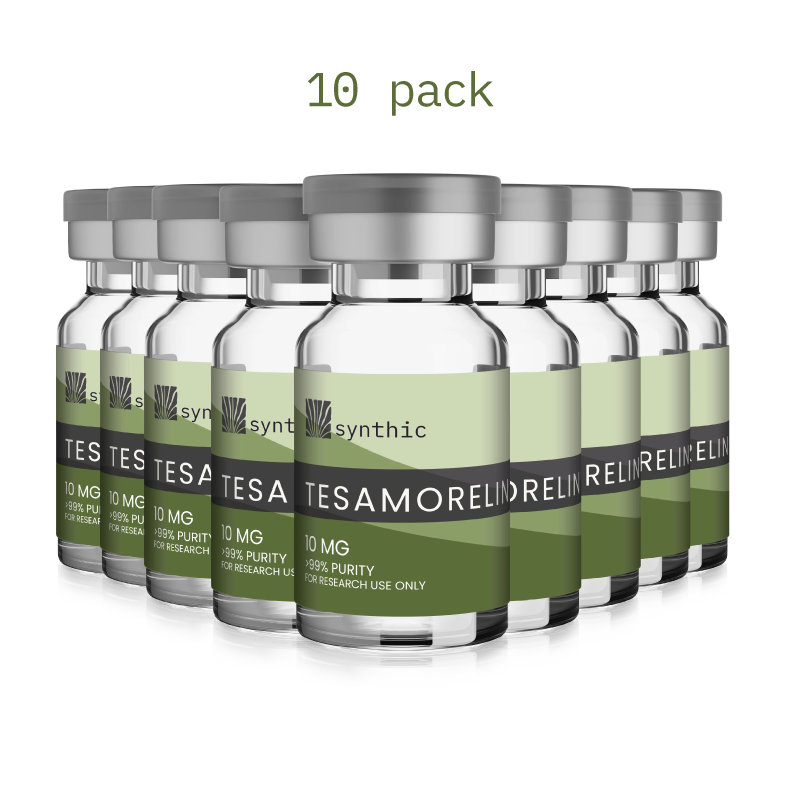In recent years, peptides have become key players in metabolic research, particularly in the study of fat loss mechanisms beyond traditional diet and exercise approaches. By targeting hormonal pathways involved in appetite regulation, insulin sensitivity, and fat metabolism, peptides offer researchers new tools for exploring obesity, body composition, and energy balance.
This article compares the mechanisms and experimental potential of several leading peptides, including GLP-1 receptor agonists, dual/triple agonists, and growth hormone–releasing analogs.
How Peptides Influence Fat Metabolism
Peptides are signaling molecules that interact with specific receptors to regulate physiological processes. In fat loss studies, several pathways are commonly influenced:
- Appetite suppression and satiety
- Thermogenesis and fat oxidation
- Insulin signaling and glucose homeostasis
- Visceral adipose tissue (VAT) reduction
- Preservation of lean body mass
GLP-1 Agonists and Beyond
Semaglutide (GLP-1 Receptor Agonist)
Semaglutide mimics the action of glucagon-like peptide-1, a hormone released in response to food intake. It slows gastric emptying and reduces appetite, leading to decreased calorie consumption and improved glycemic control.
Mechanisms:
- Suppresses appetite via hypothalamic signaling
- Slows digestion and promotes satiety
- Enhances insulin sensitivity
- Contributes to modest fat oxidation
Tirzepatide (GLP-1 + GIP Dual Agonist)
Tirzepatide activates both GLP-1 and GIP (glucose-dependent insulinotropic polypeptide) receptors, making it more potent in some studies than GLP-1 agonists alone. It is associated with significant reductions in weight, body fat, and insulin resistance.
Key Benefits:
- Greater appetite suppression than GLP-1 agonists alone
- Amplifies insulin secretion response
- Reduces visceral fat and liver fat in trials
Retatrutide (GLP-1 + GIP + Glucagon Triple Agonist)
Retatrutide is a newer triple agonist that targets GLP-1, GIP, and glucagon receptors. In early-phase research, it has shown strong potential in both reducing body fat and increasing basal metabolic rate.
Highlights:
- Enhances thermogenesis and fat oxidation
- May preserve lean mass during fat loss
- Associated with the highest fat loss percentages among peptide agonists studied to date
Growth Hormone–Releasing Peptides (GHRPs)
Tesamorelin (GHRH Analog)
Tesamorelin stimulates the release of endogenous growth hormone, which in turn promotes lipolysis, especially in visceral fat deposits. It is approved for use in HIV-associated lipodystrophy and is now under broader research for its impact on body composition.
Mechanisms:
- Boosts growth hormone and IGF-1 levels
- Reduces visceral abdominal fat
- May support muscle mass retention
- Potential improvement in lipid profiles and liver fat markers
Unlike GLP-1 analogs that primarily affect hunger signaling, tesamorelin influences hormonal pathways linked to fat metabolism and muscle preservation.
Comparative Summary: Fat Loss Peptides
| Peptide | Primary Pathway | Key Effect | Notable Advantage |
| Semaglutide | GLP-1 Agonist | Appetite suppression | Reduces caloric intake and visceral fat |
| Tirzepatide | GLP-1 + GIP Agonist | Enhanced satiety + insulin | Greater weight loss than semaglutide |
| Retatrutide | GLP-1 + GIP + Glucagon Agonist | Satiety + thermogenesis | Highest reported fat loss in early research |
| Tesamorelin | GHRH Analog | Growth hormone stimulation | Targets VAT while preserving lean mass |
Shifting the Focus: Fat Loss vs. Weight Loss
Emerging research increasingly prioritizes body recomposition—the reduction of fat mass with simultaneous preservation of muscle—over simple weight loss. Peptides like tesamorelin, which support hormonal balance and lean tissue retention, are being evaluated in protocols focused on:
- Visceral fat reduction
- Improvement of metabolic markers
- Fat loss with muscle maintenance
Conclusion
Peptides such as semaglutide, tirzepatide, retatrutide, and tesamorelin represent diverse strategies in fat loss research. While GLP-1–based compounds primarily regulate appetite and glycemic response, growth hormone–based peptides offer unique benefits in body composition and metabolic health.
As research advances, these compounds continue to inform how fat is regulated at both a systemic and cellular level—expanding the possibilities for non-traditional approaches to obesity and metabolic disorders.



